The SteelSeries Arctis Pro Gaming Headset Lineup: GameDAC Or Wireless
by Brett Howse on March 13, 2018 9:00 AM EST- Posted in
- Headset
- Audio
- SteelSeries
- Accessories
- Arctis Pro
Arctis Pro Wireless
Since we’ve already gone over the wired model, there’s less to say with the wireless version, since it’s almost an identical design, but with wireless capabilities. From a design standpoint, it loses the RGB LED lighting that the wired model offers, to prolong the battery life. It adds buttons on the right speaker to turn on the set, and pair it with Bluetooth, and the right speaker cover is now a battery cover. Other than those changes, from a design standpoint, the Arctis Pro Wireless is identical to its wired model, with same speaker drivers with a 10 Hz to 40 Khz range, and the same ClearCast microphone. But, it has enough of its own features that it really brings its own take on the design.
While it’s the same externally, and carries the same drivers, the Wireless model doesn’t share the amazing DAC as the wired model, since the audio has to be transmitted to the headset digitally, so a DAC has to be built-in, and it’s not the ESS Sabre 9018.
SteelSeries offers plenty of choices for connection as well. The transmitter base station offers USB input, optical input and output, and 3.5 mm input and output. The headset itself also features the same proprietary cable connector as the Arctis Pro, and it ships with an adapter to 3.5 mm to you can connect directly to the headphones to avoid wireless altogether. You can also just connect a 3.5 mmm right to the headset if necessary. Finally, the headset also features a Bluetooth connection to pair with practically any mobile device. For Bluetooth, the Arctis Pro Wireless offers Bluetooth 4.1 with A2DP, HFP, and HSP profiles.
One of the coolest features is that you can listen to both the Bluetooth and the wireless audio at the same time, so you can stream your phone to your headset, use it to answer calls, and all the while be listening to audio from your PC or PS4.
If you’re on a PC, the best way to use the Arctis Pro Wireless is with the transmitter base station connected over USB. It, like the wired model, appears as two separate audio sinks in Windows, so you can mix your game and chat levels as necessary. The transmitter is 2.4 GHz, which might be an issue in some locations, but it’s lower latency than the Bluetooth connection. The transmitter also features an OLED display which can show the status of the batteries, volume, and more. The volume knob on the headset also is the same volume as the transmitter, unlike the wired model, and avoids any confusion. The transmitter is rated for up to 40 feet, and there was never any issue with range anywhere in the house.
One of the pain points I’ve had with wireless headphones is the battery, which is a tricky proposition. If you want long battery life, you generally need a very large battery, which adds mass to the headset. Then, when you’re done with your session, you need to either plug in the headset to power, or use a dedicated charging stand. That’s never been an elegant solution, and SteelSeries has decided to go with dual batteries instead, which works very well. The transmitter base station has a slot on the side to hold and charge one battery, while the other is in use. Then you just quickly swap them when it dies. It’s a solution that’s been used before by with the first use in gaming that I can recall is the Logitech G7 mouse, and it worked very well on that. On the SteelSeries headset, you just pop the magnetically attached right speaker cover off, and switch out the battery. After a couple of times, it only takes a few seconds.
You can also charge it directly using a micro USB connector on the bottom of the headset, in case you’re travelling and away from the base station.
The battery life has been pretty solid as well, and even at reasonable volume levels, it’s been very easy to get eight to ten hours out of the battery. The transmitter base station will display the battery level on the display, so you can quickly get an idea how much is left, but it would be nice to get a bit more warning as the battery is about to expire.
The headset also features a built-in equalizer, and much of the same functionality as the GameDAC unit itself. This makes it very portable, and no software is ever required to get the same audio quality anywhere you use the headset.
All wireless headsets have noise, which you’ll hear as a low-level hiss, and the Arctis Pro Wireless has this as well. It’s not distracting, but compared to the absolute silence of the wired model, it’s something you’ll notice.
Overall the wireless model fixes several of the pain points of wireless gaming headsets, which most notably is the battery charging, and the SteelSeries solution is fantastic. The functionality added to the transmitter including the EQ, chat mix, and more, really provides a lot more options for the owner than a typical headset would. It’s a great setup.


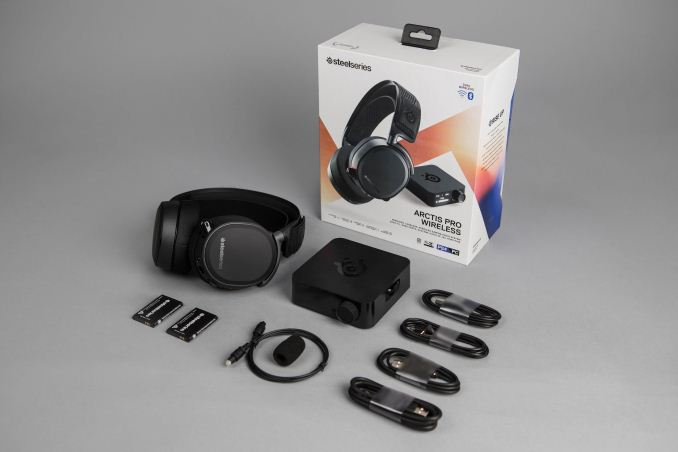
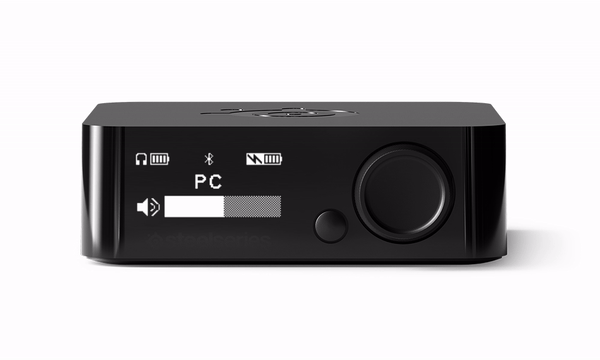
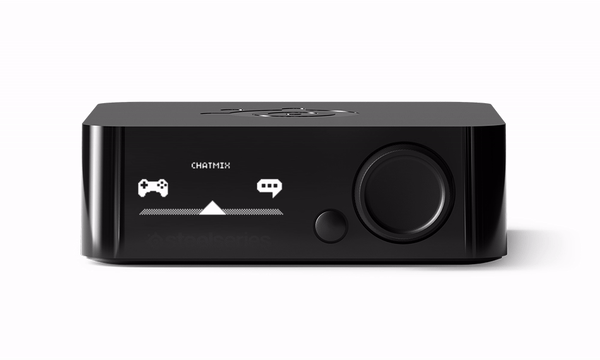
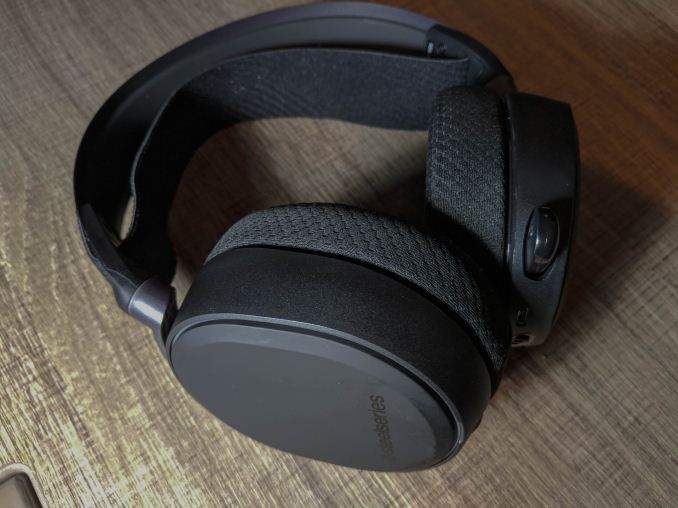
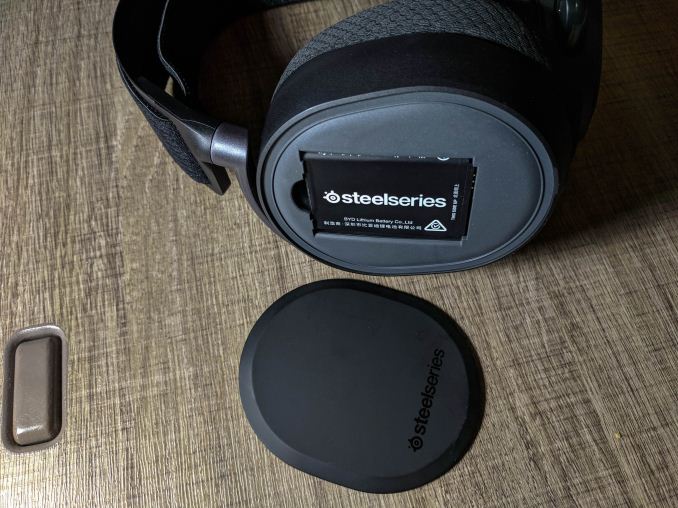








32 Comments
View All Comments
aleny2k - Wednesday, March 28, 2018 - link
This is an un-sponsored comment made by my own personal opinion, and speaking on behalf of many people out there who just read this article/hands-on/review, benefited from it, but kept silent or does not give any feedback: I really do enjoy reading through this article and I do learned a lot of information that was not given directly by the manufacturer (and information which cant be found on other websites). Although I must say I was actually hoping there would be more comprehensive content and in-depth review, but since this article never did set out to be a review nor hands-on in the first place, all is forgiven. Please keep up the good work and hopefully, this will not be the last time you dip your toe in the water for headphones.blackmagnum - Thursday, March 15, 2018 - link
Check techpowerup for a second opinion on the same product.Dr. Swag - Tuesday, March 13, 2018 - link
Is this sponsored? Because it sure feels like it but it doesn't say so...Ryan Smith - Tuesday, March 13, 2018 - link
No, it's not.Brett is a closest audio enthusiast and wanted to try out some headphones. That's all.=)
JDBeast - Thursday, March 15, 2018 - link
Almost lost me at the very beginning..."the GameDAC, which is a USB DAC (Digital Audio Converter)"
DAC is Digital-to-ANALOGUE Converter, it's not just used for audio, though that is most common.
Luckily I checked later in the article and it looks like this was a first draft error, as it is correctly explained in the GameDAC section.
JDBeast - Thursday, March 15, 2018 - link
Also I would be curious to know if they have address the screen burn issues with their oled displays. I have the Steelseries Wireless N with basically the same breakout box and it has bad screen burn after a couple of years use. It doesn't affect performance in anyway (of course) but it looks bad and has ruined the resale value of my headset.Brett Howse - Saturday, March 17, 2018 - link
DAC can be referred to as either, but I prefer the original Digital to Analog Converter. I had been reading some press material which referred to it as Audio Converter which made me type that - I fixed it now.halcyon - Friday, March 23, 2018 - link
For those who are wondering... The GameDac is a 2 channel soundcard for Windows.This means it can NOT do proper mutichannel to 3D sound virtualization as ir is being fed only stereo signal.
It will not be able to do proper front to back identification of sounds in 3D games, unlike DTS Headphone (Asus), Creative Sound Blaster 5.1/7.1 cards or Sennheiser GX1000 series.
All it can do is some pseudo room feel with echo/reverb/phase.
i.e. not a true, high end, 3D sound card.
The article should make this very clear.
TechPowerUp review author rates GameDAC below all modern multichannel 3D virtualization sound carda foe gaming directional cues.
Thats what matters in 3D and FPS games.
aleny2k - Wednesday, March 28, 2018 - link
Hi Brett, thank you for the informative hands-on of this product, information which was not provided by their official website or other sites for that matter. I enjoyed it very much. I do have a question about the Arctis Pro Wireless. You did mention that it can be used wired through the gameDAC as well. My question is, do you get exactly the same audio quality (and hi-res Audio) that you get from Arctis Pro+GameDAC, when you wire your Arctis Pro Wireless to the GameDAC? Steelseries is claiming they are using the same speaker and driver for all their Arctis Pro models. Just that because the wireless variant is wireless, it has more noise and distortion and could not achieve the same high audio fidelity as the wired edition (even though SS claimed that wireless can produce lossless audio), mainly because wireless signal is compromised (compressed and distorted) as well as the built-in DAC found INSIDE the Arctis Pro wireless simply isnt ESS Sabre 9018. Technically, when using the wireless headset through the 3.5mm analog wire, it bypasses the built-in DAC found inside the headset, thus emitting the native audio signal from the source without being tampered by the DAC. But since I dont have the headset to test with, I was wondering if you have some answers for this question. I do have a separate DAC and also a couple of audio devices that are capable of producing lossless, hi-res audio. So I was wondering if the Arctis Pro wireless can behave EXACTLY like the Arctis Pro+GameDAC when being used wired. thank you!!Brett Howse - Sunday, April 1, 2018 - link
The Wireless model has the exact same drivers, and the same connectors as well, so you can just plug it in as if it was the wired model and it does bypass the built-in DAC. You can run it without turning on the battery powered circuitry so it sounds just like the wired model when hooked to the DAC.You can also use a 3.5 mm if you want to do the same thing.